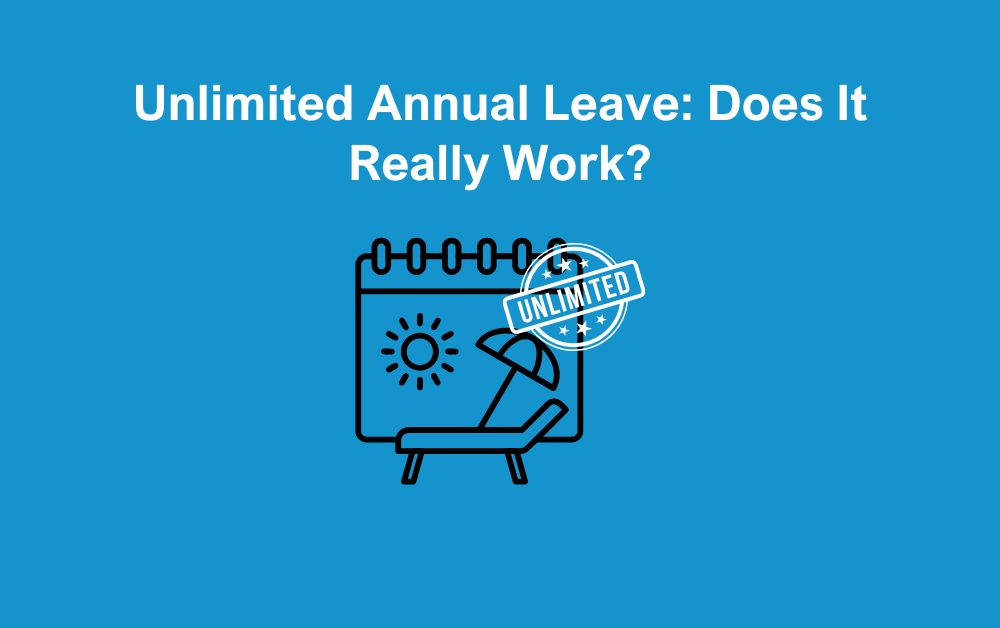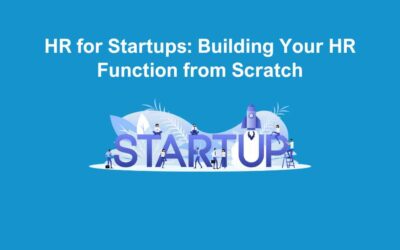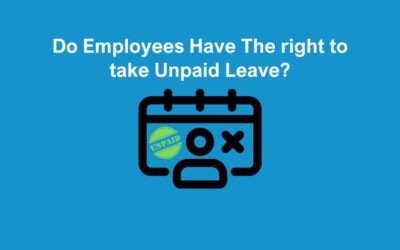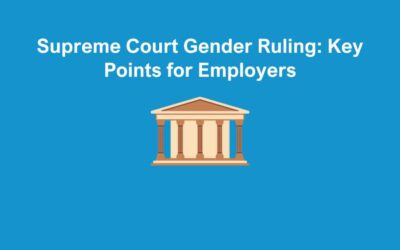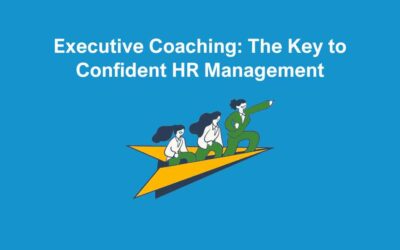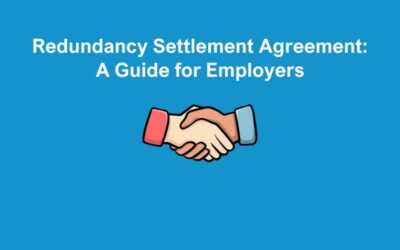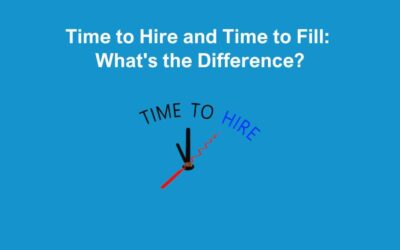Unlimited annual leave is a benefit that some businesses have engaged in, particularly modern and forward-thinking businesses. But does it actually work? While it promises flexibility and work-life balance, it also raises concerns about productivity and fairness. In this article, we explore the pros and cons of unlimited annual leave, what to include in a policy, and alternative options for employers.
What Does Unlimited Annual Leave Mean?
Unlimited annual leave is a policy where employees are not restricted to a fixed number of holiday days per year. Instead, they can take as much time off as they need, provided their work responsibilities are met. The concept is built on trust and autonomy, allowing employees to manage their time effectively without the constraints of a traditional leave structure. While it may seem like an ideal perk, its success depends on company culture, clear policies, and mutual accountability.
While the concept sounds appealing, it comes with both advantages and challenges. Here’s a breakdown of the key pros and cons.
Pros
1. Boosts Employee Well-being and Work-Life Balance
Offering this benefit allows employees to take the time they need to recharge, reducing stress and preventing burnout. This can lead to increased job satisfaction and overall well-being.
2. Enhances Productivity and Performance
Contrary to concerns about misuse, many businesses find that when employees are well-rested, they work more efficiently. The focus shifts from hours worked to outcomes achieved, driving better performance.
3. Attracts and Retains Top Talent
In a competitive job market, unlimited annual leave can be a strong selling point for prospective employees. It signals trust, flexibility, and a progressive company culture, which can help attract high-quality candidates and improve retention.
4. Reduces Administrative Burden
Traditional leave policies require tracking, approval processes, and calculations of accrued time. With unlimited leave, businesses may reduce administrative tasks related to leave management.
Cons
1. Risk of Underutilisation
While unlimited annual leave sounds appealing, some employees may hesitate to take time off due to fear of appearing less committed or because there are no clear guidelines. This could result in fewer breaks and increased burnout.
2. Potential for Abuse
On the flip side, some employees may take advantage of the policy, leading to concerns over fairness and workload distribution. Without proper boundaries, resentment can build among teams.
3. Challenges in Workload Management
If employees take extended periods off at different times, it can disrupt project timelines and put pressure on colleagues to pick up the slack. This is particularly challenging for smaller teams.
4. Lack of Structure Can Cause Confusion
Traditional leave policies provide clear expectations for time off. Without set guidelines, employees may feel uncertain about what is considered “reasonable” leave, leading to inconsistency across teams.
5. Working Time Regulations 1998
The unlimited annual leave policy must comply with the Working Time Regulations 1998, which mandate that full-time workers are entitled to a minimum of 28 days’ paid leave per year, including bank holidays. This statutory entitlement is a legal requirement, ensuring employees have adequate rest and recovery time to maintain their health and wellbeing. It is crucial to ensure that any additional leave policies do not inadvertently undermine this minimum entitlement. Therefore, while offering unlimited holiday can be a valuable benefit, it must be carefully structured to ensure it complements, rather than replaces or diminishes, statutory leave entitlements.
6.Part-Time vs Full-Time Workers
Unlimited annual leave can create challenges in fairness between part-time and full-time workers. Part-time employees may feel disadvantaged as they often take less time off due to working fewer hours, while full-time staff may perceive the policy as unfair if part-time colleagues receive the same time off despite working less. To address this, organisations must set clear guidelines, and communicate openly to balance the policy for all employees.
What to Include in an Unlimited Annual Leave Policy
To work effectively, businesses must implement clear guidelines. Here are key elements to include:
- Approval Process – Outline how employees should request leave and how approval will be managed.
- Work Expectations – Define performance standards and ensure employees meet their responsibilities before taking time off.
- Notice Periods – Require employees to provide reasonable notice to prevent disruption.
- Employment Law – The policy must comply with the Working Time Regulations 1998, ensuring at least 28 days’ paid leave for full-time workers, with unlimited holiday supplementing statutory leave rather than replacing it.
- Fair Usage Guidelines – Clarify what constitutes reasonable leave to avoid abuse.
- Business Needs Consideration – Specify that leave requests should not negatively impact business operations.
- Encourage Time Off – Ensure managers support employees in taking leave to prevent underuse.
Alternatives
If unlimited annual leave seems too risky, consider these flexible alternatives:
Enhanced Annual Leave Allowance
Offer employees a generous but structured annual leave policy that goes beyond the statutory minimum. For example, providing 30 or more days of paid leave per year demonstrates a commitment to work-life balance. This can include options for carrying over unused leave or offering additional leave for long service, which helps retain experienced employees.
Flexible Working Arrangements
Promote a culture of flexibility by offering options such as remote work, compressed workweeks, or flexible start and finish times. These flexible working arrangements can be a good alternative to unlimited annual leave and enables employees to tailor their schedules to personal needs, such as childcare, commuting, or pursuing personal interests, which can significantly enhance job satisfaction and productivity.
Sabbaticals
Implement a sabbatical programme that allows long-serving employees to take an extended period off work, such as three to six months, for personal growth, travel, or pursuing other interests. Sabbaticals provide employees with a refreshing break without impacting their job security, boosting loyalty and reducing burnout.
Wellbeing Days
Introduce additional paid days off specifically for mental health and wellbeing. These days allow employees to focus on self-care, manage stress, or address personal challenges without using their annual leave. Wellbeing days show a proactive approach to supporting employees’ mental health and contribute to a positive workplace culture.
Is Unlimited Annual Leave Right for Your Business?
Unlimited annual leave can be a powerful tool for boosting employee satisfaction and retention. However, it requires a well-structured policy and a culture of trust and responsibility. Before implementing it, consider whether it aligns with your business needs and workforce.
For many companies, a flexible holiday allowance or alternative benefits may be a more practical solution. Whatever approach you choose, ensuring employees feel supported and valued is key to building a productive and happy workplace.
FAQs
Does unlimited annual leave mean employees can take as much time off as they want? Unlimited annual leave policies allow employees to take leave as needed, but they must ensure their work is completed and business needs are met.
Do employees take more or less time off with unlimited annual leave? Studies show employees often take the same or less time off due to guilt or uncertainty about what is acceptable.
How can businesses prevent misuse of unlimited annual leave? Setting clear expectations, implementing an approval process, and fostering a culture of responsibility can help prevent abuse.
What industries benefit most from unlimited annual leave? It works best in industries with flexible work structures, such as tech, marketing, and creative sectors.
Final Thoughts
This can seem like an innovative and appealing benefit. However, it is not a one-size-fits-all solution and comes with challenges such as underutilisation and workload management issues.
For businesses considering this, it’s crucial to establish clear guidelines and ensure alignment with legal requirements, such as the Working Time Regulations 1998. Success depends on fostering a company culture where trust, accountability, and fairness are central.
Alternatively, if unlimited leave feels too complex or risky, options like enhanced leave allowances, flexible working arrangements, sabbaticals, or wellbeing days may offer a more balanced way to support employees while maintaining operational effectiveness.
Ultimately, the goal is to create a workplace that values employees’ time, supports their wellbeing, and encourages them to contribute their best. Whatever policy is chosen, maintaining open communication and regularly evaluating its effectiveness will ensure that it meets the needs of both the business and your workforce. If you would like help to implement unlimited annual leave in your business, contact our HR experts today.

